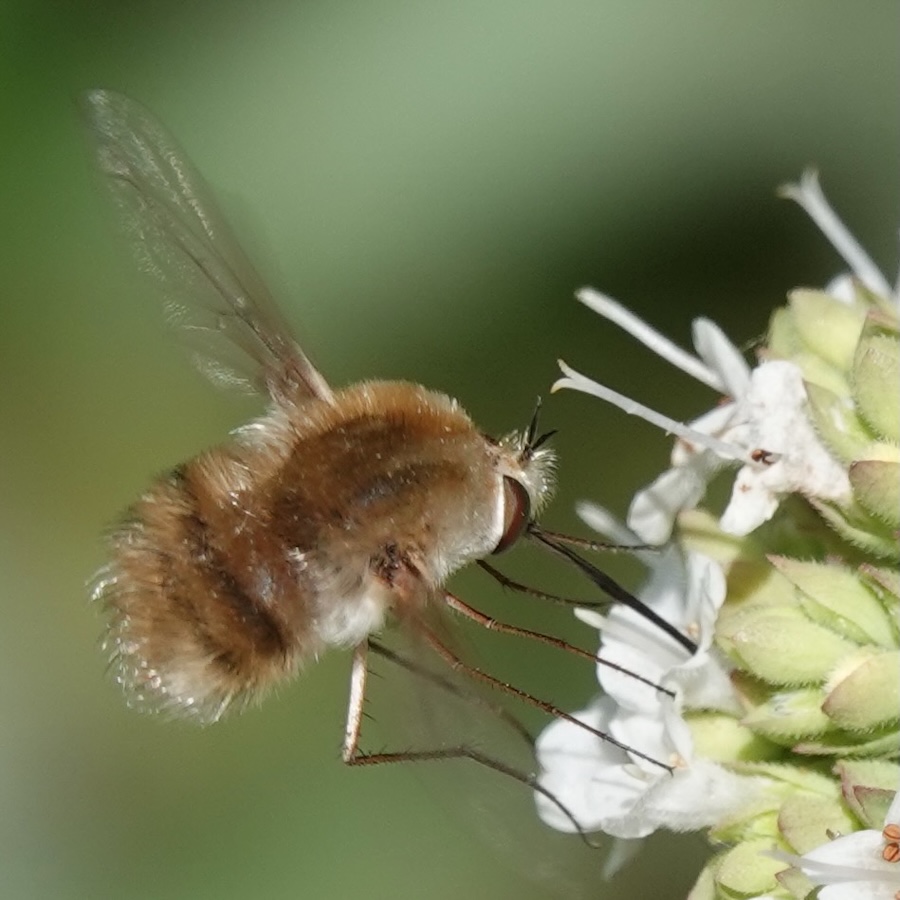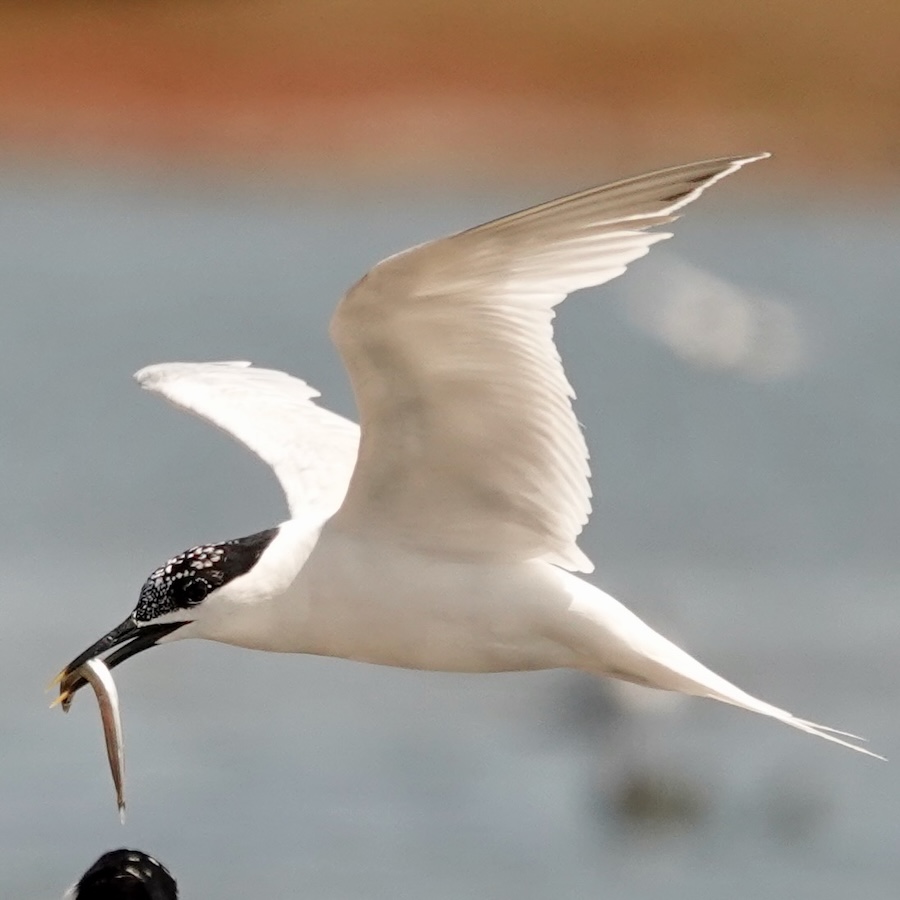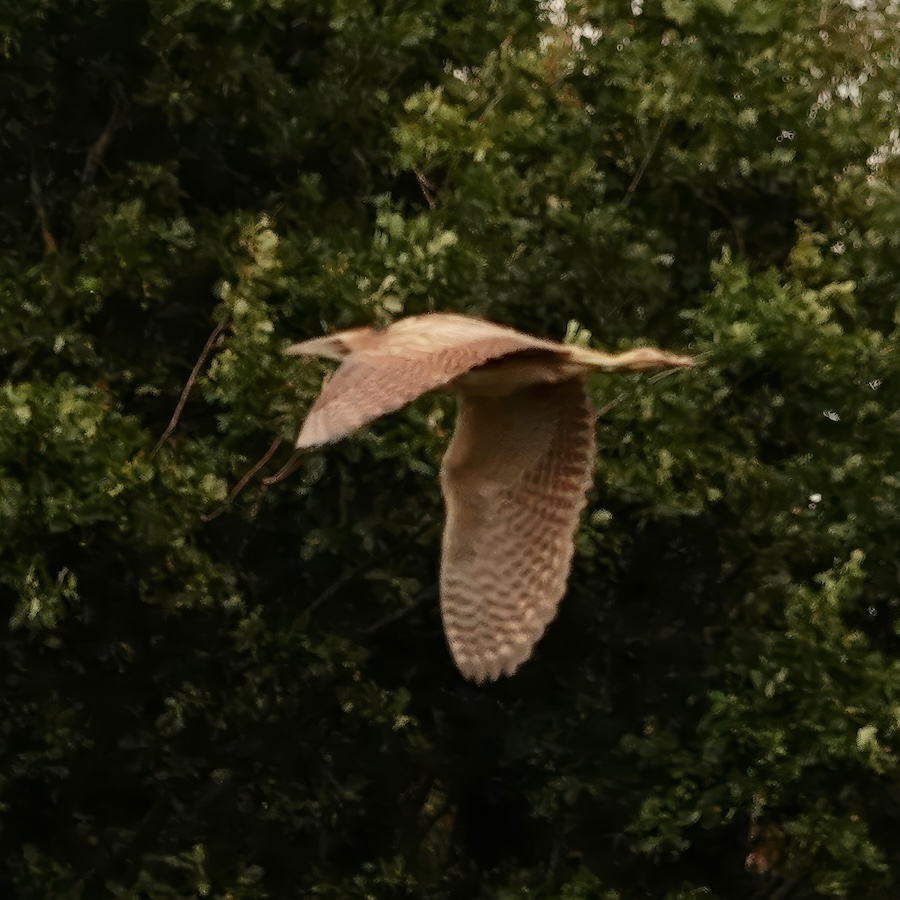I’ve been away for a week’s holiday in Dorset, calling at Arne (an RSPB reserve), Brownsea Island (National Trust reserve) and Ham Wall (another RSPB site). The weather was far too hot both for me and most of the animals, but we still managed to see some remarkable wildlife including a few that I’ve never seen before. Arne is host to a wide variety of birds and mammals, but the animal that gave me the most pleasure was a fly no more than 8 mm in length. The Heath Bee-fly is more or less restricted to this region of Dorset and is making a comeback after being thought extinct. It has a round fluffy body, rather like a bee, but it possesses a long proboscis through which is sips nectar from heathland flowers whilst hovering. Less attractive is its parasitic habits; it lays its eggs in the nests of solitary bees and when the eggs hatch the larvae prey on the bee larvae.

Brownsea Island is home to lots of seabirds including gulls, terns, spoonbills, wading birds and cormorants, as well as red squirrels. The species I enjoyed most was the large number of breeding Sandwich Terns, a bird that I have not seen often. The adult birds were bringing a regular supply of Lesser Sand-eels back to the breeding islands. These tiny fish are essential for feeding to the young of many of our seabirds and their numbers have decreased recently due to fishing pressure. Sand-eel fishing is heavily restricted in the UK to protect seabirds and other marine life, and it has been totally banned in English and Scottish waters since March 2024. From what we saw, there are plenty of sand-eels around Dorset.

Ham Wall is just over the border in Somerset and it contains a wide variety of wildlife, including otters and water voles, marsh harriers and kingfishers. However, it is the Bitterns that gave me the greatest pleasure during our visit. The Bittern is a large heron with pale brown plumage marked with darker streaks and bars. It is very secretive and remarkably difficult to see as it stalks through the edges of the reedbeds looking for fish. When it comes to the breeding season they are more obvious as the males make a booming sound that can be heard at a great distance. Although we have seen them on occasions, I have never managed to get a good photograph of one so it was a delight to see a Bittern flying between reedbeds.

If I had been a bit quicker with my camera finger, there is no doubt that a picture of a Smooth Snake would appear here. This is the UK’s rarest snake and it crossed the path right in front of us before disappearing into the vegetation. All six of this country’s reptiles can be found at RSPB Arne, a distinction shared with very few other sites. We also saw, briefly, a Common Lizard, but that was also too quick. Reptiles are generally very quick, very shy and relatively rare so my collection of photographs of this group is rather thin. Perhaps next year.
© The Journal 2023